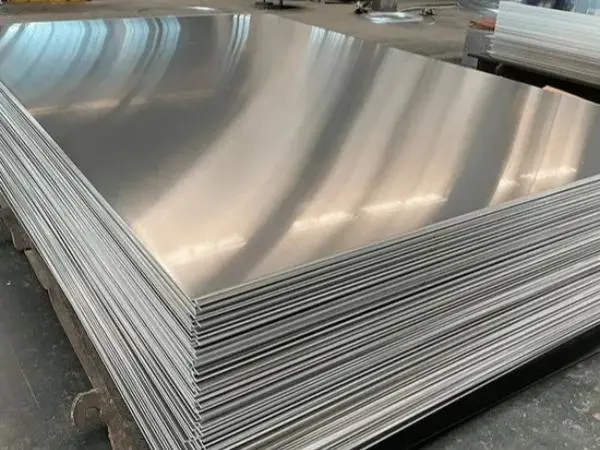- Phone0086 731 8564 8255
- E-mailsales@cscsteel-manufacturing.com
-

Finned tubes are crucial components in heat exchangers, designed to enhance heat transfer efficiency by increasing the surface area of the tube. By adding fins to the surface, either externally or internally, the overall heat transfer rate is significantly improved. These tubes come in various types, which are classified based on factors such as manufacturing process, fin shape, materials, and application. Here's a breakdown of the main types of finned tubes.
Continental Steel Co.,Ltd is professional finned tubes manufacturer, for more details, please contact:sales@cscsteel-manufacturing.com
1. Classification by Processing Technology
Rolled Fin Tube (Extruded Fin Tube): Fins are rolled and mechanically attached to the tube surface.
Welding Fin Tube: Fins are welded onto the tube using methods such as high-frequency welding or submerged arc welding.
Roll Forming Fin Tube: Fins are formed by rolling the metal into shape and attaching them to the tube.
Set Forming Fin Tube: Fins are created through a molding or forming process, usually set in place around the tube.
Casting Finned Tubes: Fins are cast directly onto the tube in a mold.
Tension-Wound Finned Tubes: Fins are wound around the tube under tension, providing strong adhesion.
Flanged Tube: A tube with flanges for mounting or connecting multiple tubes in an assembly.
2. Classification by Fin Shape
Square Finned Tube: Features square-shaped fins that provide good surface area for heat exchange.
Round Finned Tube: With round fins, this type is suitable for applications requiring less surface friction.
Spiral Finned Tube (Crimped Type Fin Tube): Fins spiral around the tube, increasing the surface area and improving turbulence for better heat transfer.
Longitudinal Finned Tube: Fins run lengthwise along the tube, typically used for applications with continuous fluid flow.
Corrugated Finned Tube: The fins are corrugated for increased heat transfer efficiency and structural strength.
Spiral Serrated Finned Tube (Helical Serrated Finned Tubes): Features helical serrations along the spiral fins, improving heat exchange by creating additional turbulence.
Needle Finned Tubes: Have fine, needle-like fins that increase surface area while offering compactness.
Integral Plate Finned Tubes (Plate Fins): The fins are made from a single plate and are integrated into the tube surface.
Inner Finned Tube: The fins are located inside the tube, providing efficient heat transfer in applications where fluids flow within the pipe.
3. Classification by Material Compatibility
Monometallic Finned Tube: The material of the fins is the same as the base tube, typically for uniform performance.
Bimetal Composite Finned Tube: The fins are made from a different material than the tube, often combining materials to enhance specific properties like corrosion resistance or strength.
4. Classification by Fin Material
Copper Finned Tubes: Known for their excellent thermal conductivity, used in applications requiring high heat transfer.
Aluminum Finned Tubes: Lightweight and cost-effective, aluminum finned tubes are commonly used in HVAC systems and refrigeration.
Carbon Steel Finned Tubes: Suitable for industrial applications where strength and cost-effectiveness are critical.
Stainless Steel Finned Tubes: Highly corrosion-resistant, ideal for harsh environments such as chemical processing.
Cast Iron (Cast Steel) Finned Tubes: Used in applications with high thermal demands or where the material's durability is necessary.
5. Classification by Application
Finned Tubes for Air Conditioning: Used in HVAC systems to improve heat transfer between air and coolant fluids.
Air-Cooled Finned Tubes: Designed for cooling air in various industrial and commercial systems.
Boiler Finned Tubes: Used in water-cooled walls, coal savers, and air preheaters to enhance the boiler's thermal efficiency.
Finned Tubes for Industrial Waste Heat Recovery: Efficient in recovering and recycling heat from industrial processes, reducing energy costs.
Special Purpose Finned Tubes: These are custom-designed for specific applications, such as in cryogenics or high-temperature environments.




